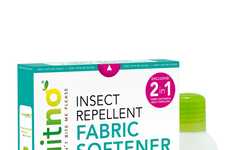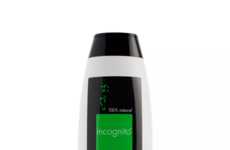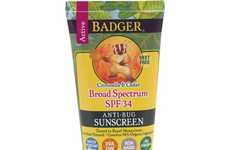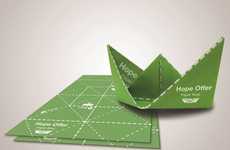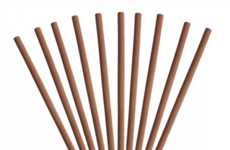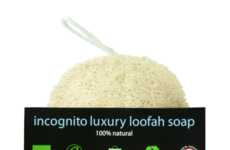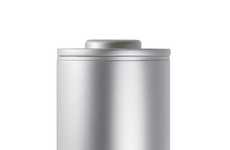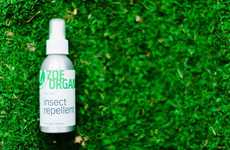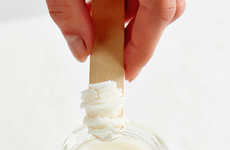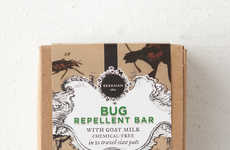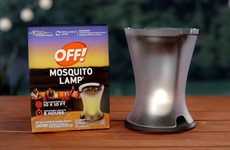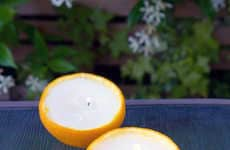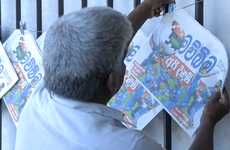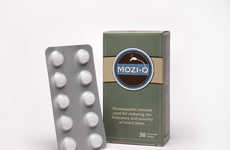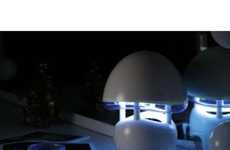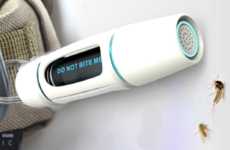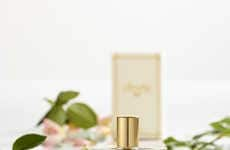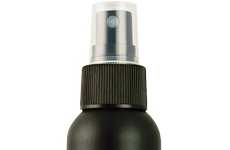



Consumers seek multi-functional self-care products
Implications - As consumers look for safer and more convenient methods of repelling insects, many are embracing proactive repellent products that avoid the need for topical application. Such products lessen direct contact, and by extension absorption, of harmful chemicals included in bug-repelling substances by the skin. Highlighting the far-reaching influence of the health and wellness movement, this shift also speaks to interest in preventative products and forms of protection.
Workshop Question - What part of your brand or product seems most high-risk for the customer, and how could you evade that?
Trend Themes
1. Proactive Protection - Consumers are more interested in preventative protection, using proactive repellent products that lessen direct contact of harmful chemicals included in bug-repelling substances.
2. Odorless Related Products - Products that effectively repel bugs and mosquitoes but are odorless or have a pleasing scent appeal more to consumers.
3. Mosquito-repelling Clothing - New mosquito-repellent fabrics, such as SCORON fabric, are emerging as a preferred method of bug protection in clothing.
Industry Implications
1. Health & Wellness - This industry can benefit from the consumer demand for preventative protection and safer alternatives to traditional bug repellent products.
2. Textile Manufacturing - Companies in this industry can explore the production of mosquito-repellent fabrics to meet consumer demand for protective clothing and related products.
3. Nanotechnology - The use of nanotechnology in bug-repelling products, such as nanotechnology polo shirts and insect repellent bracelets, presents opportunities for companies in this emerging industry.
